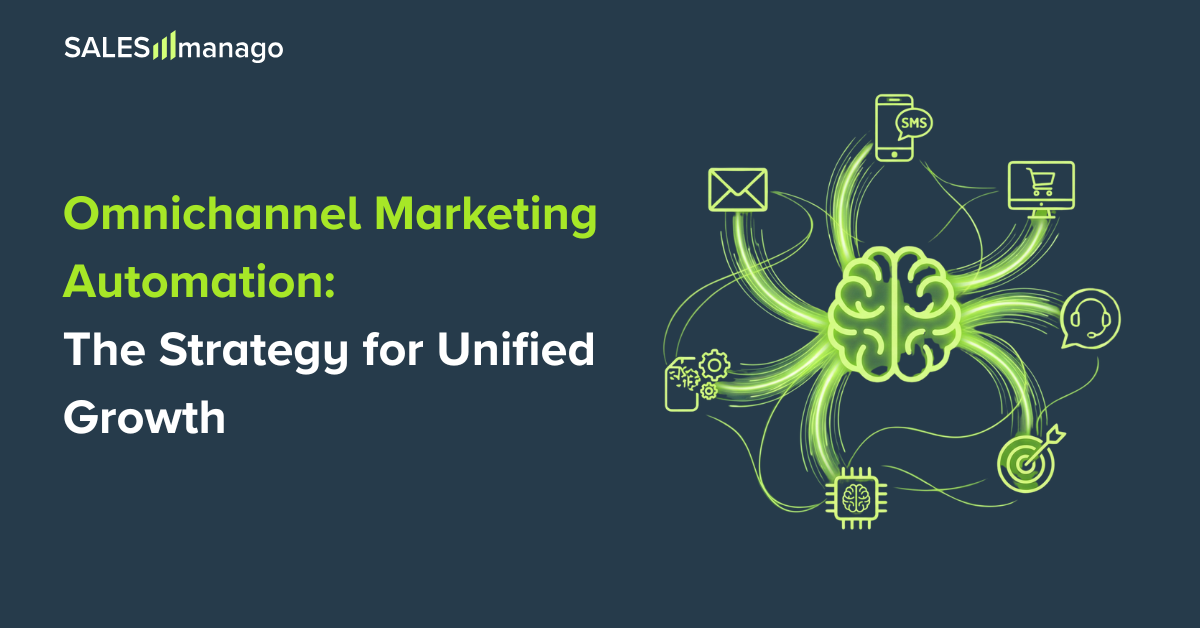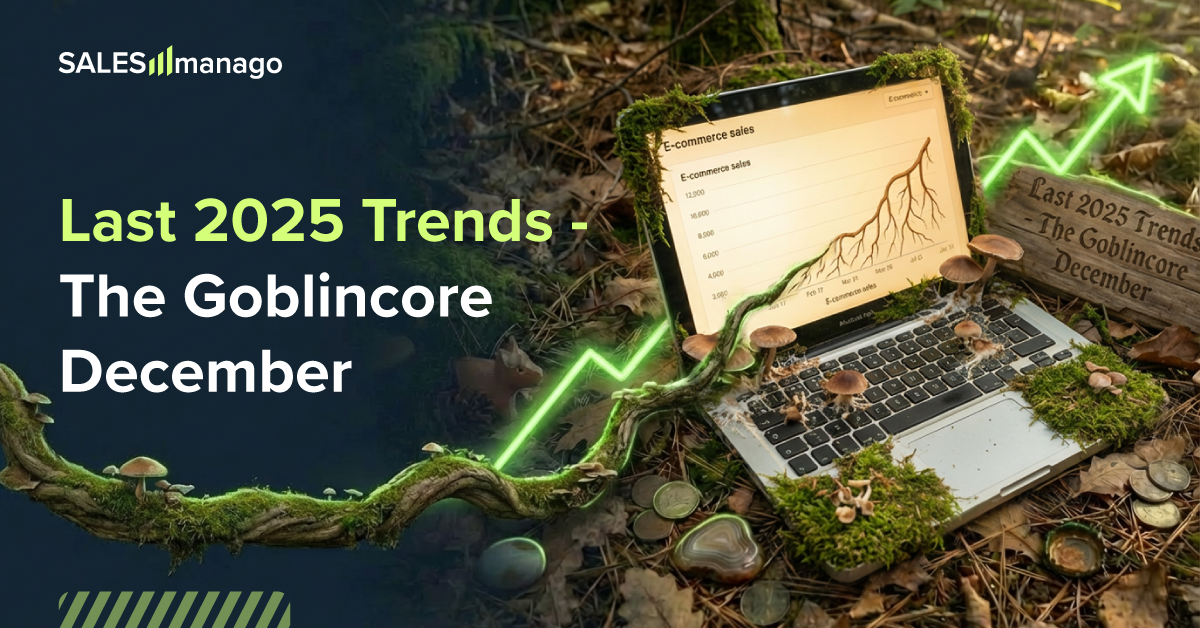.png)
You're a marketing professional drowning in customer data, yet struggling to create meaningful connections. Your recommendation strategies feel like throwing darts blindfolded—sometimes you hit, but mostly you miss. Sounds familiar? Then keep on reading because we’ve built a supportive engine after talking to hundreds of marketers, just like you.
The Three Biggest Recommendation Strategy Failures
We're living in an era of data abundance, yet most businesses struggle to turn customer information into meaningful experiences. Let's break down the personalisation challenge:
78% of consumers expect personalised experiences
Product recommendations can drive up to 31% of eCommerce revenues
Personalised sessions convert 45% more often than generic ones
But here's the million-dollar question: How do you move from generic recommendations to truly intelligent, customer-centric suggestions?
You're collecting mountains of data, but transforming them into actionable insights feels impossible. Mostly because of scattered customer interaction points, complex data integration challenges and lack of real-time personalisation capabilities. Additionally, you’ve been taught that creating sophisticated recommendation strategies traditionally requires:
Advanced technical skills
Significant development time
Continuous manual optimisation
Expensive data science resources
These challenges were true because until now, the martech was not refined and advanced enough to provide an easy-to-cross bridge between marketing specialists and raw data. Giving up to these roadblocks for the eCommerce companies meant:
Missed opportunities
Lower conversion rates
Frustrated customers
Introducing The Recommendation Architect: Your Personalisation Shortcut
Imagine a tool that transforms how you think about product recommendations. The Recommendation Architect isn't just another marketing tool—it's your personal recommendation strategy workshop.
How does it work? Think of it like a recommendation strategy Lego set. You can:
Choose from pre-built strategy templates
Create completely custom recommendation paths
Define scenarios based on specific customer interactions
Apply complex filtering & sorting options
Save & reuse strategies across multiple campaigns
Beyond Basic Recommendations
The Recommendation Architect goes far beyond "people who bought X also bought Y". You can now:
Create interconnected recommendation scenarios
Use advanced filtering (by category, brand, price range)
Develop complex, multi-step recommendation strategies
Save & quickly deploy strategies across different campaigns
Practical Implementation Steps
Now, let’s move to the practical part. This section serves as a structured guide to implementing an effective product recommendation strategy. Below is a detailed breakdown of each step, along with practical insights on execution.
1. Audit Current Recommendation Approach
Before making improvements, it's crucial to assess where you currently stand. This involves analysing how well your current recommendation system is performing. Key questions to ask are:
How personalised are your current recommendations?
Are your recommendations generic, or do they adapt based on customer behaviour?
Are customers receiving the same recommendations repeatedly, or are they dynamic?
Are you leveraging AI or machine learning to refine suggestions?
What data are you currently using?
Are recommendations based on purchase history, browsing data, or customer segmentation?
Do you incorporate real-time data (e.g., last visit, recent cart additions)?
Are external factors (e.g., seasonal trends, stock availability, location) influencing your recommendations?
Where are the biggest gaps in your strategy?
Are you missing opportunities for upselling or cross-selling?
Do you struggle with real-time recommendations due to data delays?
Are recommendations not driving enough engagement or conversions?
Conduct an audit of your current system by analysing recommendation performance metrics, customer engagement, and feedback.
2. Explore Scenario Possibilities
Once you’ve identified gaps, it’s time to map out potential recommendation scenarios that can improve customer engagement.
Abandoned Cart Recovery
Recommend the same product with a discount or free shipping offer.
Suggest alternative products (e.g., different colour or size of an abandoned item).
Use urgency tactics ("Only 3 left in stock!") to drive conversions.
Cross-selling Opportunities
Suggest related products (e.g., if a customer buys a laptop, recommend accessories like a laptop bag, mouse, or headphones).
Bundle products to increase average order value.
Seasonal Campaign Personalisation
Recommend winter gear in colder months or holiday gifts during the festive season.
Personalise recommendations based on geo location (e.g., raincoats for customers in rainy regions).
Customer Lifecycle Recommendations
New users: Show best-selling or highly rated products to build trust.
Returning customers: Suggest products based on past interactions.
VIP customers: Offer exclusive recommendations and loyalty-based perks.
3. Start Small, Think Big
Instead of attempting to build an advanced recommendation engine from the start, begin with one or two well-defined scenarios and scale gradually. How to execute this step?
Begin with 1 to 2 Custom Recommendation Scenarios
Start with the most impactful and easy-to-implement scenario (e.g., abandoned cart recommendations).
Use existing customer data to set up recommendations without requiring complex AI.
Test & Measure Performance
A/B test different recommendation strategies to see which one performs best.
Track conversion rates, engagement levels, and revenue impact.
Use heatmaps or click tracking to analyse how customers interact with recommendations.
Gradually Expand Complexity
Once an initial recommendation strategy proves successful, introduce layered recommendations (e.g., cross-selling combined with personalised offers).
Use AI-driven tools to automate recommendation optimisations.
Expand to multiple marketing channels (email, website, SMS, push notifications).
Implement a small but impactful recommendation strategy, measure its effectiveness, and build upon the success.
Implementing Recommendations Efficiently
The personalisation train is leaving the station. Will you be on it? Take 30 minutes this week to:
Review your current recommendation strategy.
List your top 3 personalisation challenges.
Explore how a more flexible approach could transform your marketing.
The key to a successful product recommendation strategy is iteration and optimisation. By auditing your current setup, choosing the right use cases, and gradually expanding your strategy, you can create an AI-driven, customer-centric recommendation engine that increases conversions and improves customer engagement.
SALESmanago’s Recommendation Architect can help with:
Creating highly targeted recommendation scenarios
Saving time on manual configuration
Increasing conversion rates
Gaining deeper customer insights
Latest posts

6 Trends Shaping the Future of eCommerce in 2026
Every few years, eCommerce shifts in a way that forces leaders to rethink almost everything they have known so far. And 2026 feels like one of those years. We are now facing an unprecedented change caused by spreading AI solutions across all industries and markets. Every year, AI becomes more and m...

Omnichannel Marketing Automation: The Strategy for Unified Growth
The modern eCommerce marketer is caught in a difficult paradox. You are expected to deliver a seamless, relevant experience for every single customer—true 1-to-1 personalisation—yet you are often armed with a fragmented stack of tools that treat your customers like rows in a spreadsheet.

Last 2025 Trends - The Goblincore December
If you have spent any time on social media recently, you might have encountered the term "Goblincore." It is an aesthetic and a mindset that rejects the polished, minimalist perfection of modern life in favour of the chaotic, the cozy, the earthy, and the comfortably "ugly." It is about burrowing into a pile of blankets, collecting shiny trinkets,...